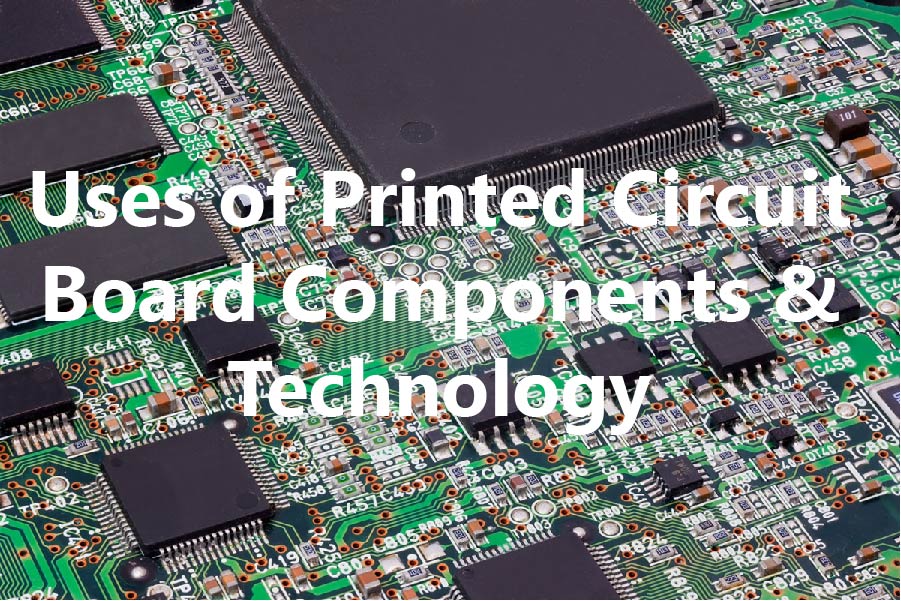A printed circuit board by itself is a very simple piece of technology: it is a board on which a circuit is laid out. However, oftentimes when people refer to a PCB they are also referring to the components that form the beginning of the circuit. The circuit is essential to the entire piece of equipment the board is in, which is why people include it when talking about the PCB. These include the necessary power supply, along with various other parts. This article will explain the different components in a PCB and the circuit that goes with it.
Also Read: PCB Fabrication Making a World of Possibilities a Realty
A printed circuit board first has a side of copper trace on it, which carries electricity around the board to complete the circuit. A PCB can have many different layers, but there will always be at least one side with copper tracing on it, bringing charge to the necessary places. The layers are important, however, since more complex electronics require more and more layers. The layers are made largely out of copper with various other metals around the edges, though it is what’s on the board that’s important. As the charge travels through the tracing, it also passes through the components of the PCB. The charge is diminished depending on what resistors it encounters, and when it is transferred through a transistor the charge grows to whatever it needs to be in order to power the electronics. There are also parts that will let charges through or block them depending on their positions, such as diodes and switches.
The circuits laid out on the boards are still not very impressive, however. The real value of PCBs come from the fact that they make up so many forms of technology. If you are a PCB manufacturer and you are reading this article wondering about what kinds of uses you can market your boards with, just consider the many ways they are applied around the world. There are hardly any electronic devices that don’t contain circuit boards, in fact: PCBs are in microwaves, every kind of computer, and practically anything that can be programmed a certain way: which includes calculators and even most modern cars. As technology advances, it is sure that we will still rely on PCBs to be the backbone of the latest electronics- meaning that there will be a huge demand for printed circuit boards in the foreseeable future.
Also Read: The Advantages of On-Demand Manufacturing
But how exactly does a PCB allow these complex electronics to work, you ask? Well, this is the simplest aspect of the PCB: by itself, it can’t really do anything except power the LEDs and other components that are on the board. But when it is connected to other parts in a larger system, it can deliver electric charge to those parts and support the whole system physically due to the sturdiness of the boards. It delivers electricity through the copper tracing: really the key to the entire board and by extension, all the electronics the boards appear in.






